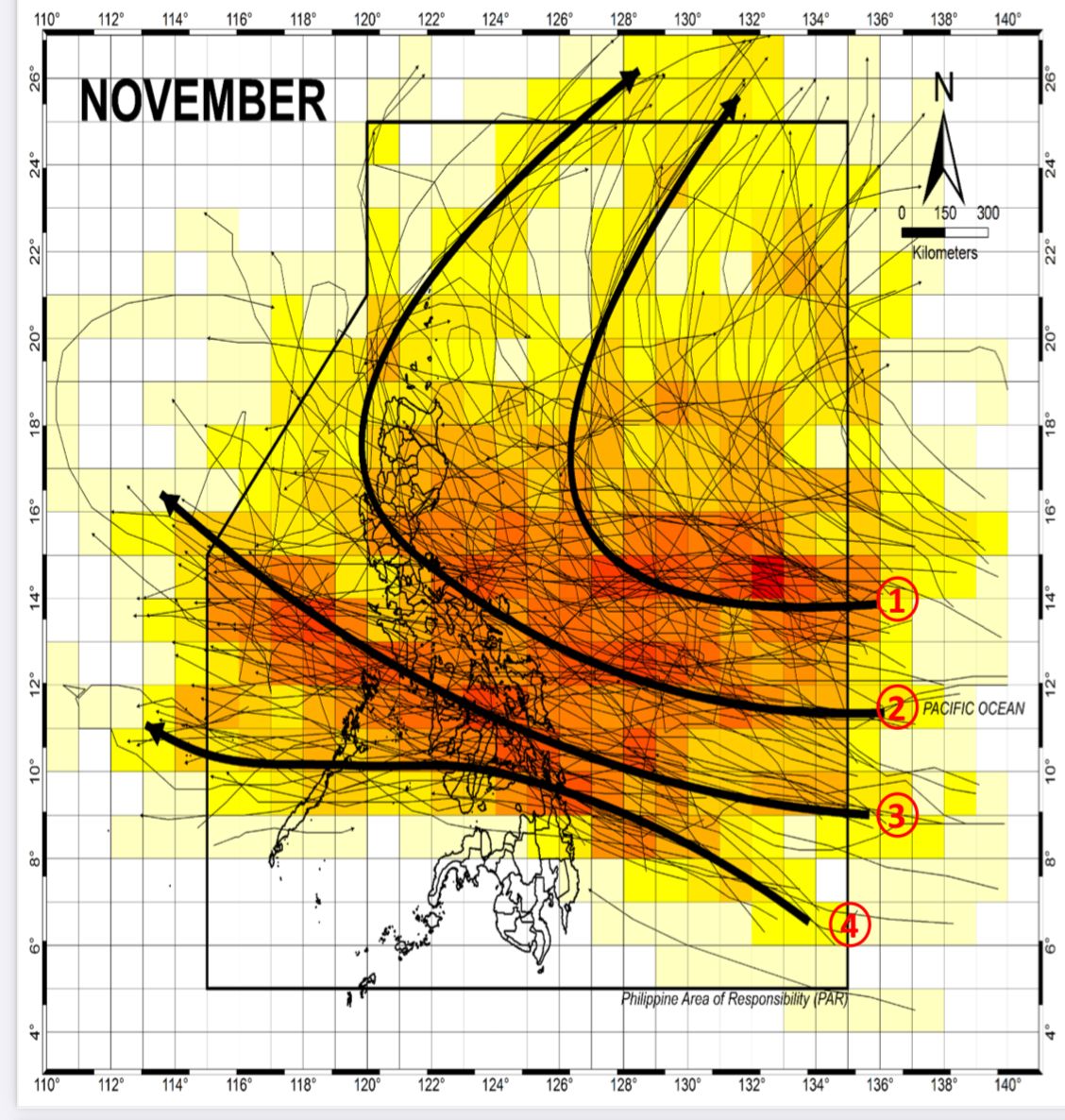PAGASA: Historical records show stronger, landfalling cyclones in the last quarter

While the peak of Philippine tropical cyclone season typically occurs from July to September, the Philippine Atmospheric, Geophysical and Astronomical Services Administration (PAGASA) said there is a high likelihood of having stronger and landfalling cyclones in the last quarter of the year.
During a press conference, PAGASA Assistant Weather Services Chief Chris Perez said that, based on historical records, tropical cyclones are more likely to be stronger, landfalling, and crossing in the last quarter of the year compared to the first half.
Cyclones during this period often reach typhoon category (with maximum wind speed of 118 to 184 kilometers per hour) or super typhoon strength (with maximum wind speed of over 185 kph), proving to be particularly destructive when making landfall and moving over the country.
Notable examples of such destructive cyclones include Typhoon Odette in December 2021, Super Typhoon Rolly in October 2020, and Typhoon Ulysses in November 2020--all of which occurred in the last quarter of the year.
Perez said that up to six tropical cyclones could still enter or form within the Philippine Area of Responsibility (PAR) before the end of the year.
According to PAGASA, climatological data for November shows four possible tracks for tropical cyclones within the PAR.
One common track involves tropical cyclones forming in the western Pacific that enter the PAR but then recurve towards the northeastern part, typically not making landfall before heading toward Japan or Korea.
Another track includes landfalling tropical cyclones that traverse Southern to Northern or Central Luzon, "recurve" towards Japan or Korea after crossing the landmass.
Moreover, some landfalling tropical cyclones pass through the central Philippines, moving toward Vietnam.
Meanwhile, other cyclones traverse the southern Visayas before continuing to Thailand.